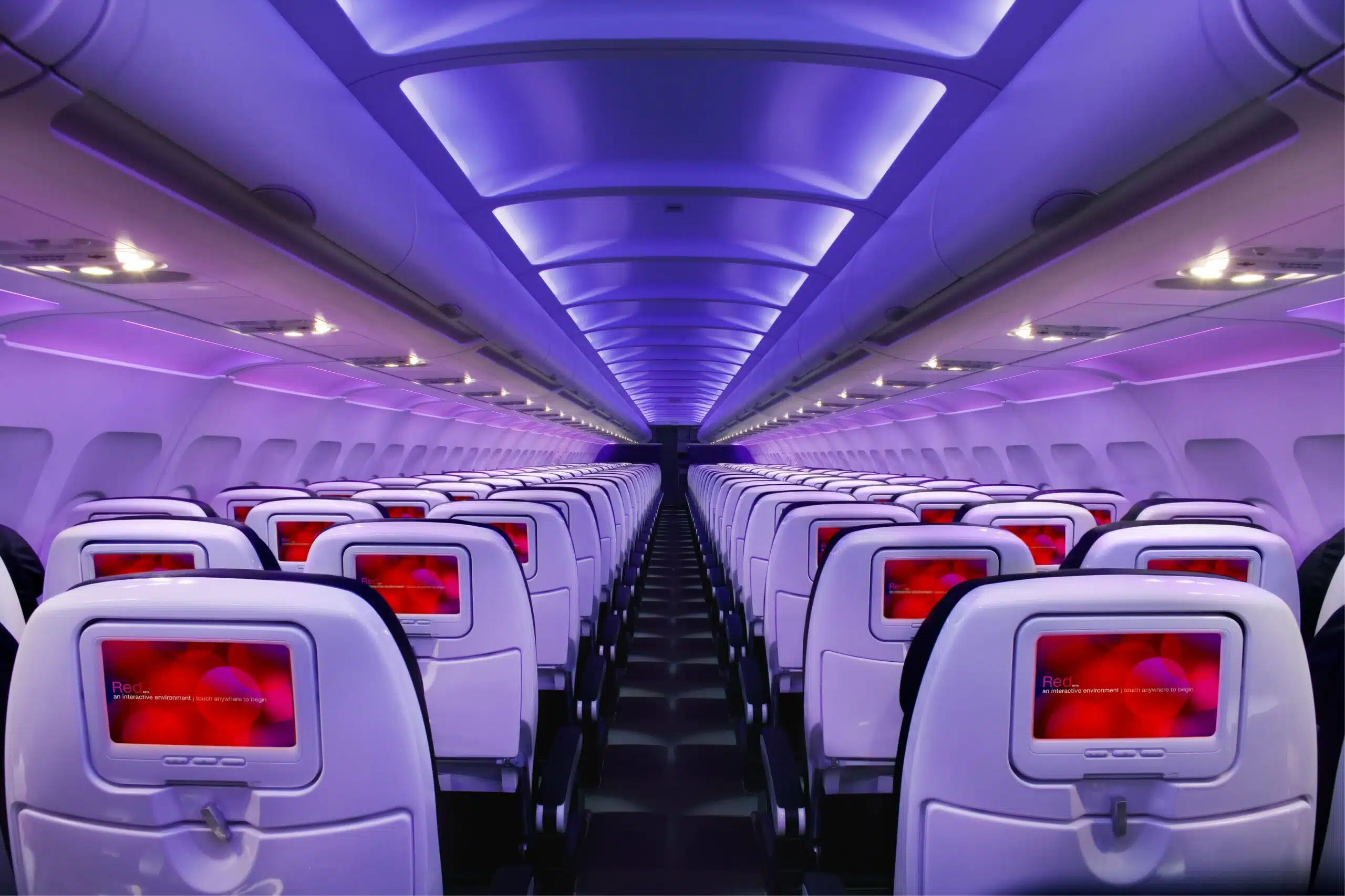Passenger experience – or PaxEx for friends – is an area of aviation that has traditionally focused on physical elements such as seats, lounges and meals but has recently been disrupted by new technologies. Today, ahead of our Miami Airline Marketing Innovation Lab, we’re going to take a look at how digital can be used to change PaxEx.
Panasonic, our partner for the digital passenger experience topic, has helped us think through some of the aspects that will be discussed in the lab. Given the size of the topic, our goal will be to provide not a full detailed analysis but some thought starters and we’ll start with the basics: human beings.
The problem with passenger experience
One of the best – and worst – things about humans is that the way we perceive things doesn’t often reflect reality. This is why the same seat may seem very comfortable to a happy person going on holiday and can feel like a torture device to a nervous flyer who missed a flight and left the phone in a taxi.
This leads to a question: how does an airline make passengers happier? If we exclude expensive changes such as a new cabin and accept that we can’t control externalities such as forgotten phones and hurricanes we are left with a rather simple answer: by making things easier and smoother.
In practical terms this means removing hurdles, creating familiar experiences, being more aware of the context and adding a touch of personalization. In this article we’ll look at three elements that can help us do that:
- Crews
- IFE
- Data
Let’s start with crews
In an airline, the people who have the most contact with clients are cabin crews. Sadly they are also the most disconnected of the airline’s workers. They don’t have offices, they are always travelling and have no information or context on any of the passengers.
This is the first point where digital can help. Many airlines already make significant investments to provide in-flight connectivity to passengers but so far not many have managed to leverage this investment to keep crews updated.
The biggest opportunity lies in connecting crews with the airline’s customer service team. This would allow crews to help out passengers, follow up on special situations and even help re-accommodating passengers affected by cancellations or delays. At the same time, it would allow the crew to report problems that happen in-flight thus giving the customer service team a chance to recover the situation or follow up.
IFE
Let’s face it – no matter what hardcore avgeeks may say – sitting on a plane for hours is not fun, especially on long-haul flights. That’s why airlines do their best to distract passengers and entertain them. The problem is that passengers are increasingly used high-quality entertainment that is hard for a traditional IFE to compete with.
For airlines, there are two keywords to keep in mind: familiarity and personalization
Familiarity means making the IFE system as similar as possible to what the passenger uses in daily life. It can be as simple as allowing passengers to use their own devices to access content and as complex as integration with Netflix accounts or apps the passenger uses in their daily life.
Personalization means making the experience less alien. It can be complex – like an IFE system linked to a CRM or simple like a system that allows passengers to continue watching the movie they started on a previous flight or providing recommendations for content they might like.
The possibilities are infinite, and many other options like apps and wireless (and screenless) IFE are slowly gaining ground while also attempting to create experiences that go beyond the flight itself.
Data
Part of the reason for this reaching beyond the flight is to create a more wholesome, all-encompassing experience, the other part is data. Data is our fancy word of the day.
Data is something airlines have a lot of, but is often is such a raw and fragmented state that people struggle to see how it could be used. From a passenger experience perspective, we’ll provide two thought starting points: sales and personalized experiences.
The sales part is obvious, the more an airline knows about a passenger the easier it becomes to sell things to them and create personalized ads or offers. Personalization, however, is more complex and can be easily applied to passenger experience.
Earlier we saw how IFE content could be personalized and with enough data, it is easy to imagine how this could be expanded to more things, from seating preferences to meals, tips, customer service etc. Aside from the processing of the data itself the challenge lies in the way the information is used.
Airlines will need to learn to thread the fine line between personalization and creepiness with the added problem of being an inherently intercultural business. Companies like Amazon have the advantage of being able to adapt their behaviour to the local customs and sensibilities, airlines by the very nature of their business do not.
Looking ahead
It is clear that the future of passenger experience will be more personalized than ever, but it is yet to be seen how airlines will manage to navigate the complexity of culture and sensibilities to reap the benefits without upsetting customers.
In our Miami lab, a selected group of airline executives will be discussing the digital future of passenger experience. The key takeaways will be posted on our blog and social networks – stay tuned to find out more.
For more information about our Labs click here.
